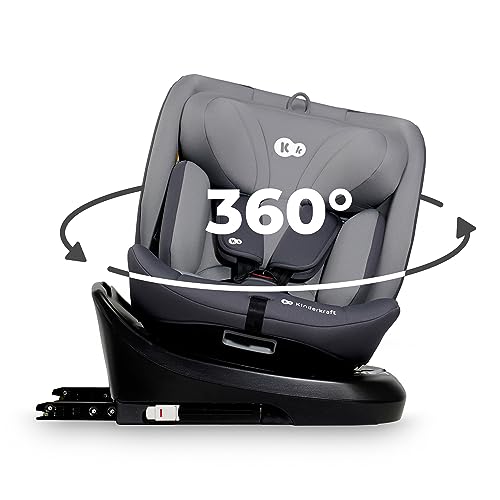What You Can Do To Get More Out Of Your Pushchairs
Strollers and Pushchairs: The Ultimate Guide for Parents
Picking the ideal stroller or pushchair is among the most important choices new parents will make. With a variety of choices offered, understanding the distinctions and features can substantially influence the experience of both parents and kids. This thorough guide aims to illuminate the differences between both, the elements to consider when buying, and responses to regularly asked questions.
Comprehending Strollers and Pushchairs
Strollers and pushchairs are typically utilized interchangeably, but subtle differences set them apart. A stroller is typically created for babies and toddlers, offering a more versatile technique with included features for convenience and safety. On Pushchairs Best , pushchairs are generally aimed at older babies who can sit up unaided and tend to be more light-weight and portable.
Key Differences Between Strollers and Pushchairs
Function
Stroller
Pushchair
Age Range
Newborn to toddler
Usually for 6 months to 3 years
Weight
Usually much heavier due to extra functions
Lighter and frequently simpler to carry
Recline Position
Can usually recline totally for infants
Minimal recline; often upright
Storage Space
More storage compartments and devices available
Very little storage, frequently simply a small basket
Comfort
Created with more padding and assistance
Less cushioning, lighter frame for ease of usage
Foldability
Might have complex folding mechanisms
Often developed to fold quickly and compactly
Aspects to Consider When Buying a Stroller or Pushchair
When selecting in between a stroller or pushchair, numerous factors can shape your choice. Here are some vital factors to consider:
1. Safety Features
- Harness system (5-point is the most safe)
- Stability and strength of the frame
- Brakes that lock safely
2. Convenience
- Padding and assistance for the kid
- Adjustable seat positions
- Ventilation for heat
3. Size and Weight
- How simple is it to carry?
- Will it suit your vehicle?
- Does it use up excessive storage space in your home?
4. Adaptability
- Is it versatile for safety seat or carrycots?
- Can it manage different terrains (urban vs rural)?
5. Expense
- What is your budget plan?
- Does the stroller/pushchair deal worth for its functions?
6. Ease of Use
- How quickly can it be folded and unfolded?
- Is it simple to navigate through crowds or tight areas?
7. Toughness
- What materials are utilized?
- How long is the service warranty?
8. Brand Reputation
- Look for brand names understood for producing quality items.
- Check out evaluations from other parents.
The Types of Strollers and Pushchairs
Strollers and pushchairs been available in numerous designs, each catering to particular requirements. Here's a summary:
1. Standard Strollers
- Durable and well-padded.
- Suitable for everyday use.
2. Light-weight Strollers
- Really portable and simple to carry.
- Suitable for travel.
3. Jogging Strollers
- Designed for active moms and dads.
- Can handle rugged terrains.
4. Convertible Strollers
- Can adjust from a single to double stroller.
- Flexible and grows with the family.
5. Travel Systems
- Consists of a baby safety seat and a stroller.
- Offers seamless shifts from vehicle to stroller.
6. Umbrella Strollers
- Exceptionally portable and low-cost.
- Best for quick journeys and older babies.
Type of Stroller
Pros
Cons
Standard
Sturdy, comfortable
Much heavier and bulkier
Light-weight
Easy to bring
Restricted features
Jogging
Great for workout and outside usage
May not appropriate for babies
Convertible
Versatile for growing households
Bulkier than basic strollers
Travel System
Benefit of combined requirements
Can be expensive
Umbrella
Extremely portable
Less resilient
FAQs About Strollers and Pushchairs
Q1: At what age can a baby use a stroller?
Many strollers are appropriate for usage from birth if they completely recline. Guarantee to examine manufacturer standards, as some may just accommodate babies over 6 months.
Q2: How do I tidy my stroller or pushchair?
A lot of strollers have removable and washable materials. Use mild soap and water for the frame and examine the material labels for particular cleansing instructions.
Q3: Can I use a stroller on different terrains?
Yes, particular types, like jogging strollers or all-terrain strollers, are specifically developed for irregular surface areas. Nevertheless, some light-weight designs are not ideal for rough terrain.
Q4: How long can I anticipate my stroller to last?
Quality strollers can last numerous years, often till the child is around 4 to 5 years of ages, depending upon usage and care.
Q5: Are strollers safe for overnight sleeping?
While some strollers use flat recline positions that are appropriate for baby sleep, it's important to follow safety guidelines and keep track of the kid while in the stroller.
Selecting the best stroller or pushchair is a decision that extends beyond mere choice; it boosts the parenting experience and ensures the security and convenience of the child. By comprehending the differences, examining various elements, and checking out the types readily available, parents can make an informed decision that accommodates their way of life and satisfies the requirements of their growing family. Remember to constantly prioritize security and comfort above everything!
